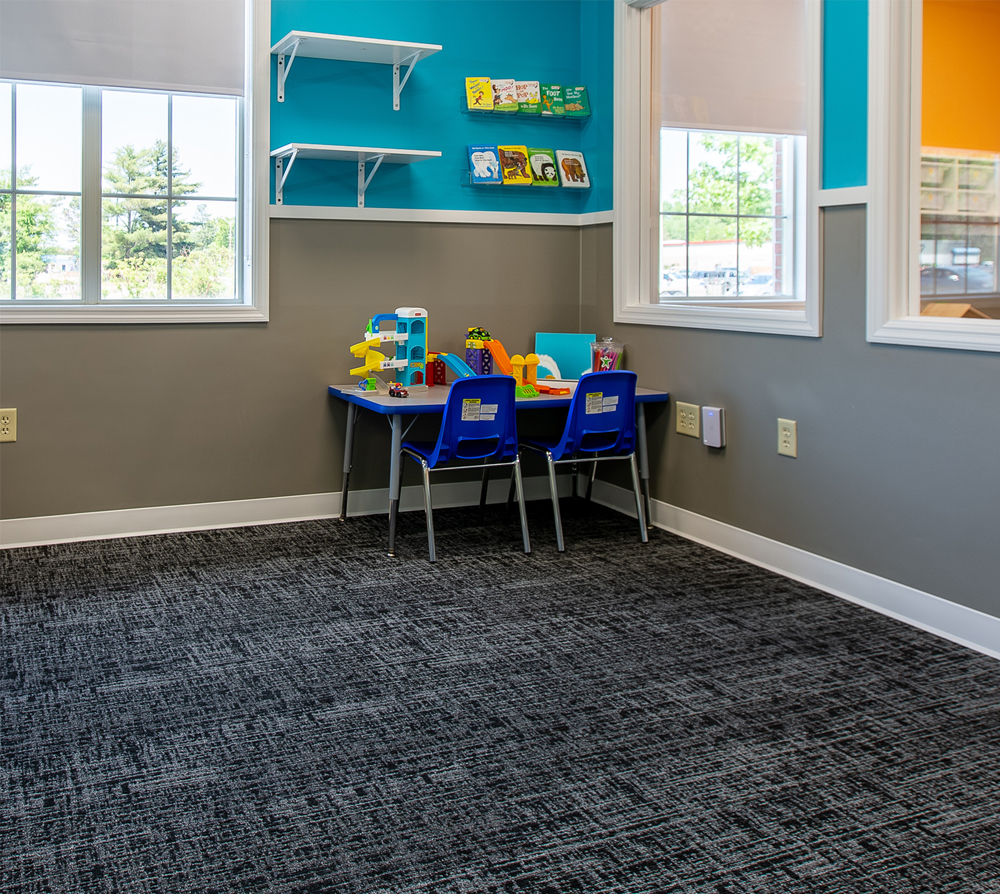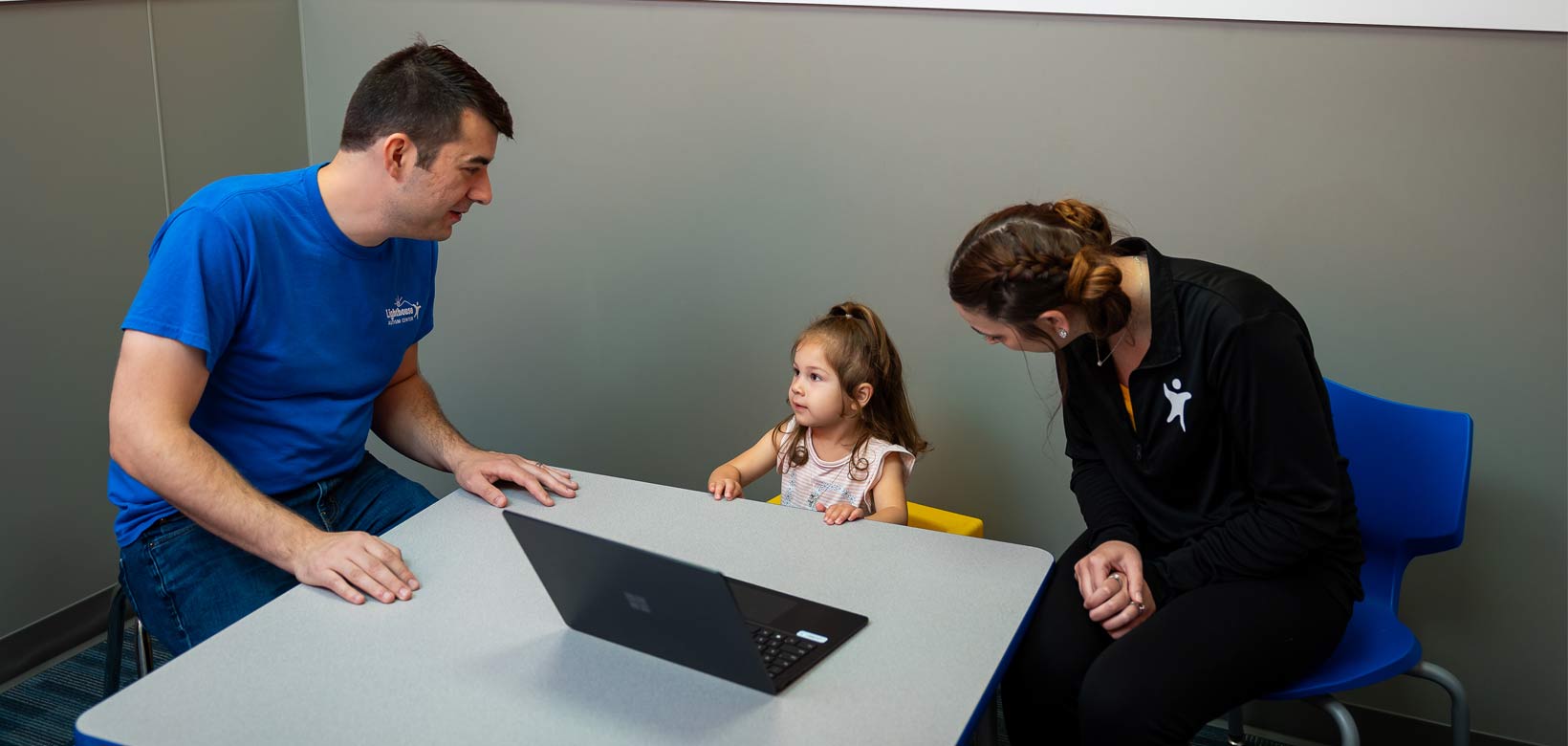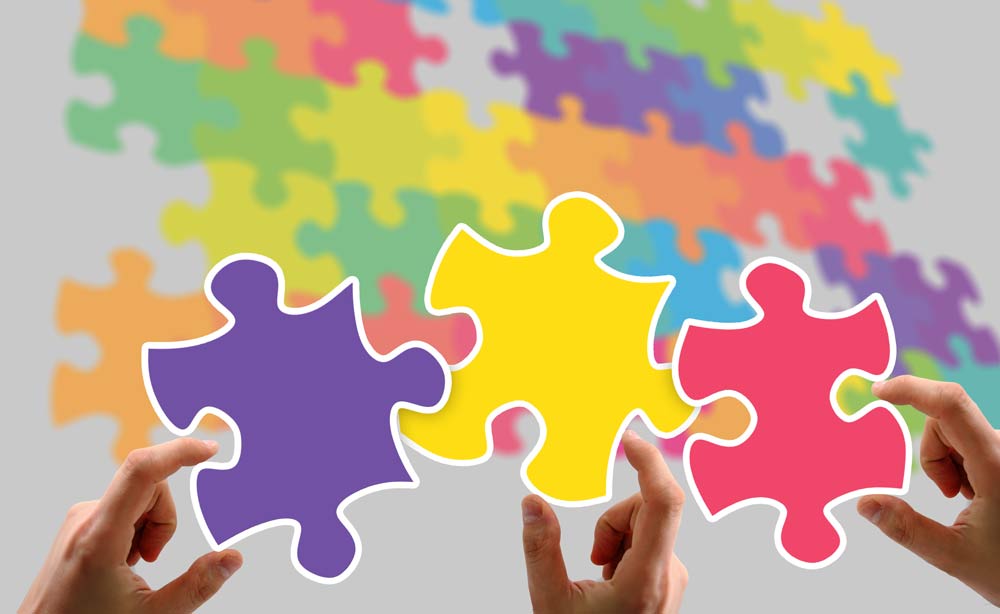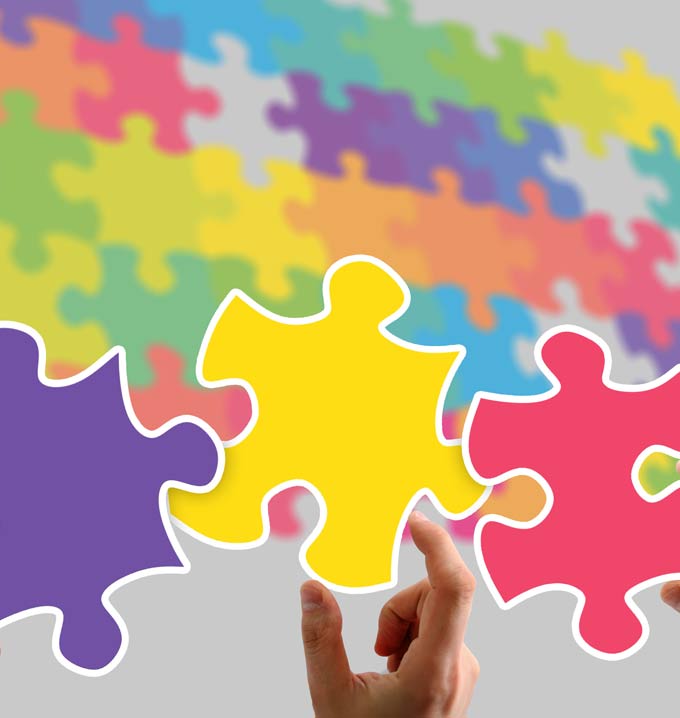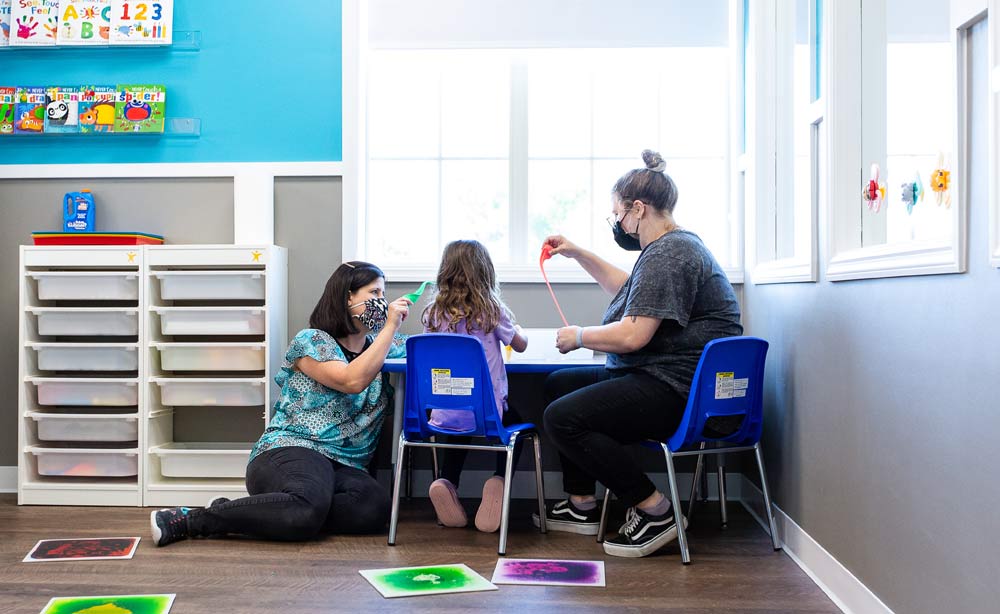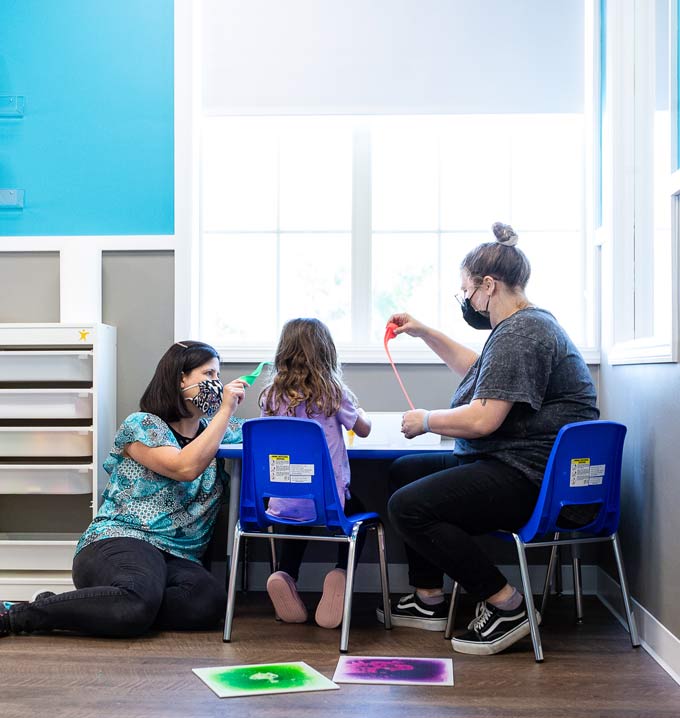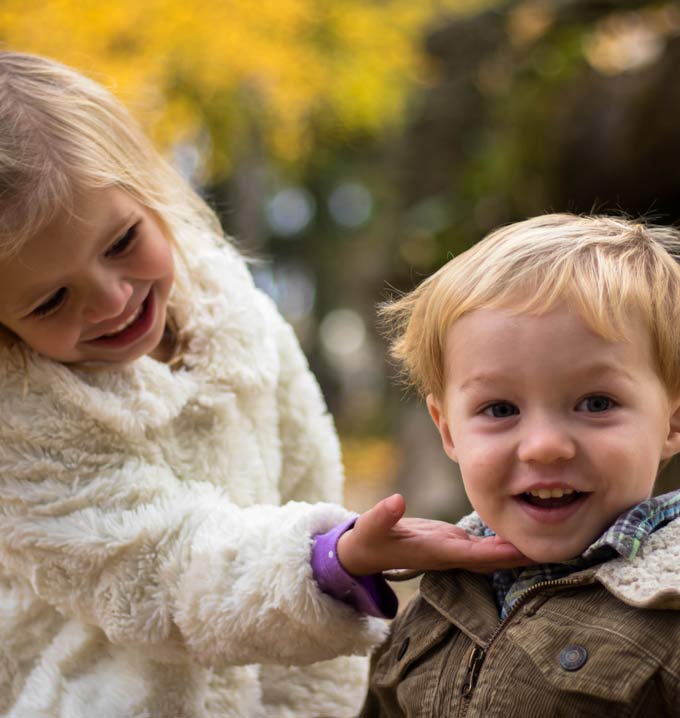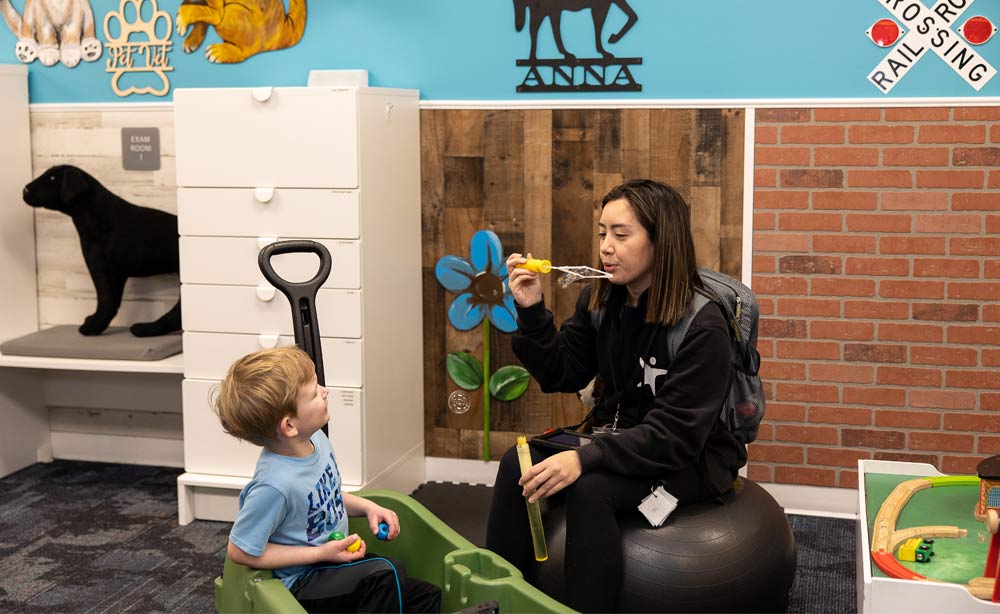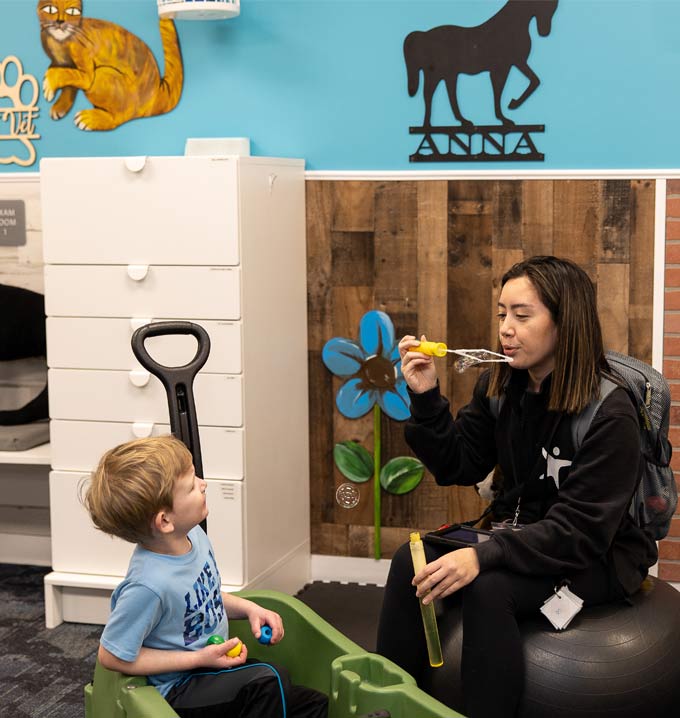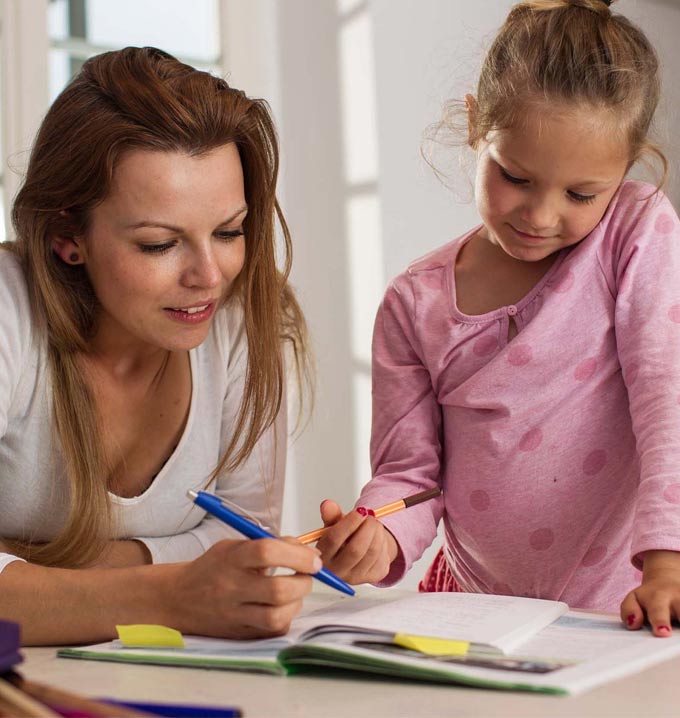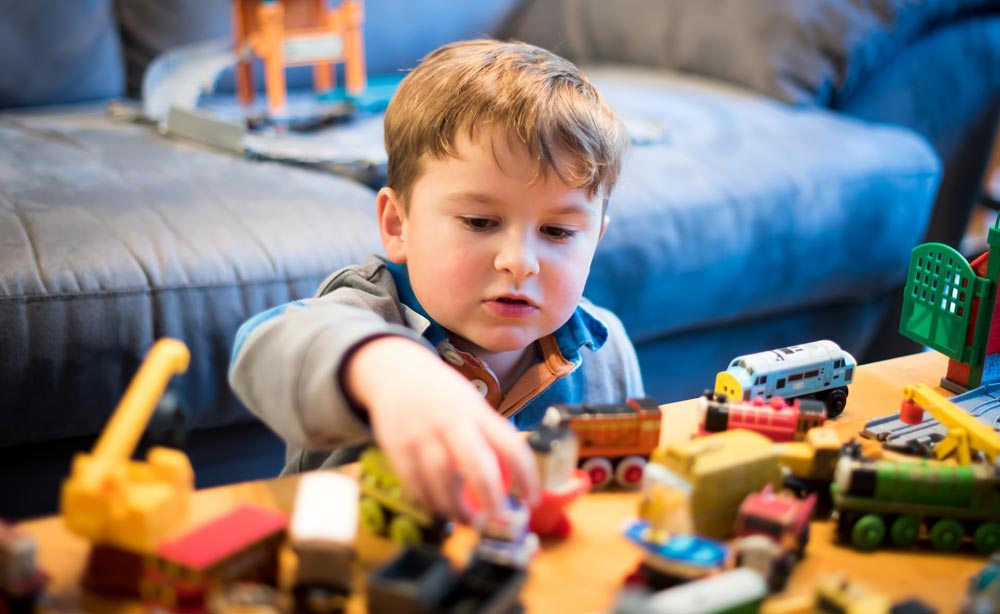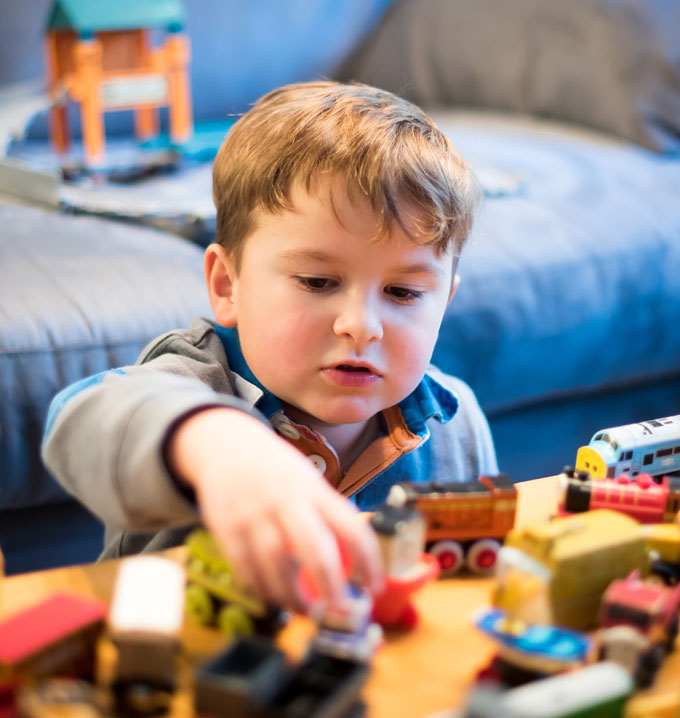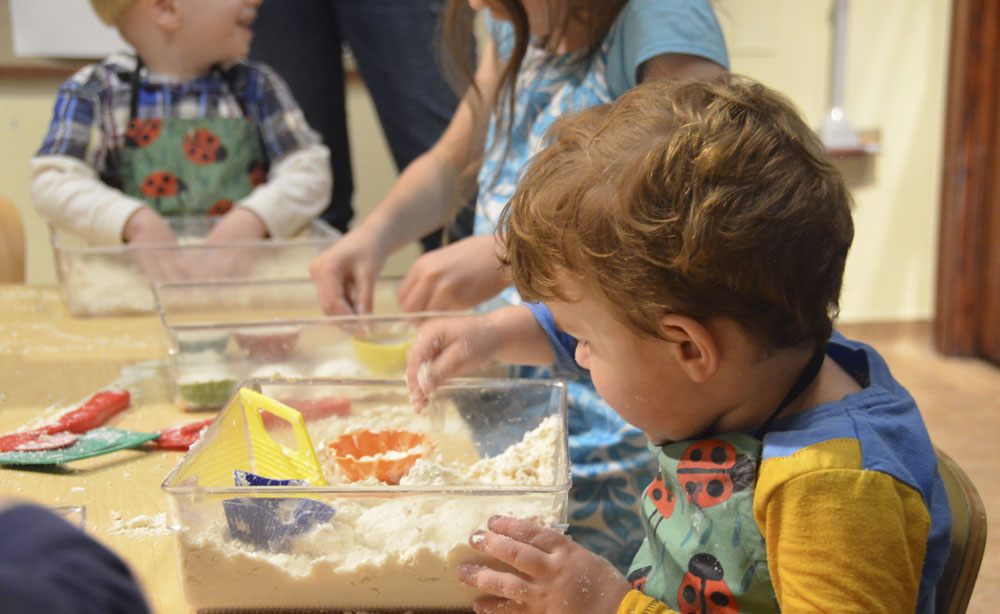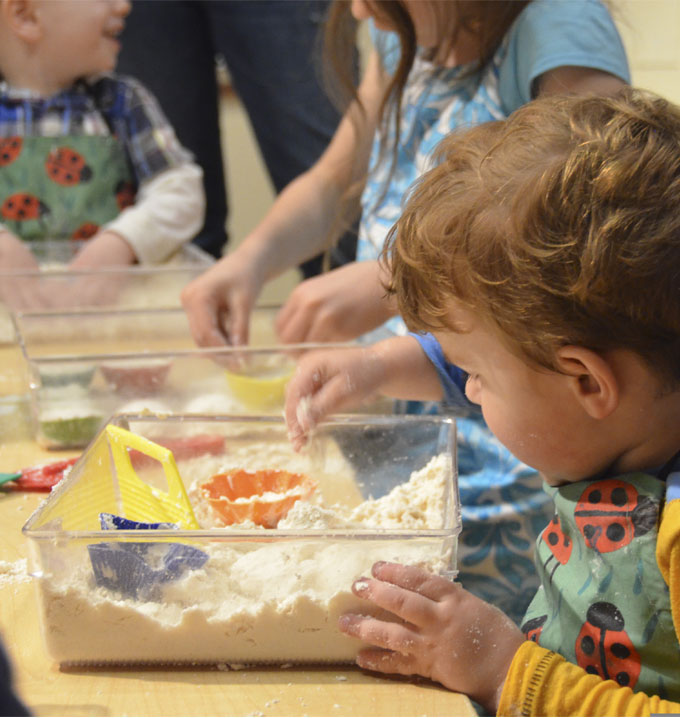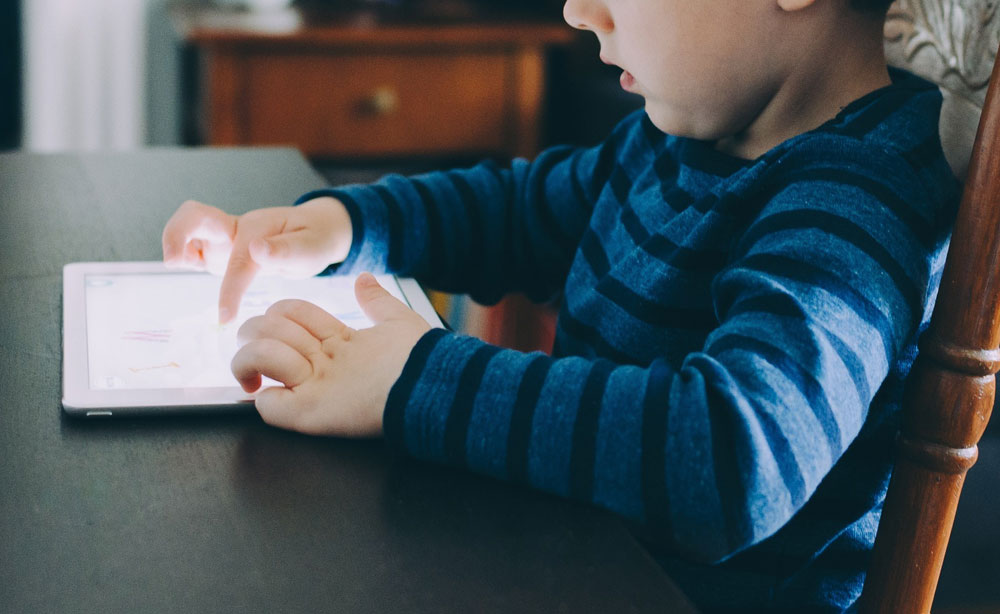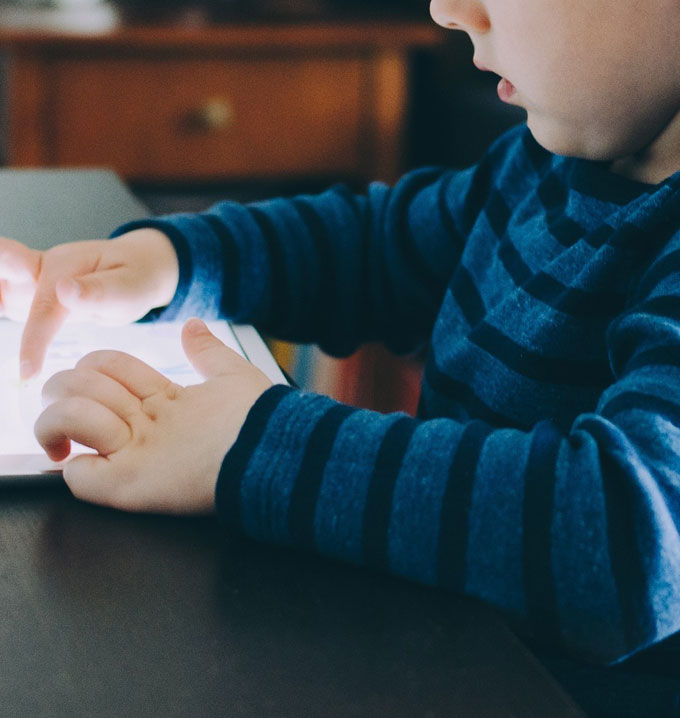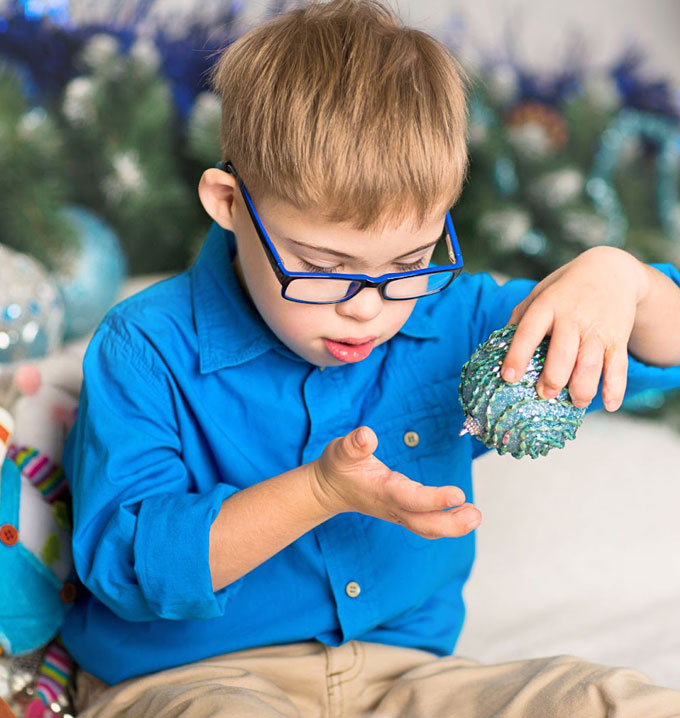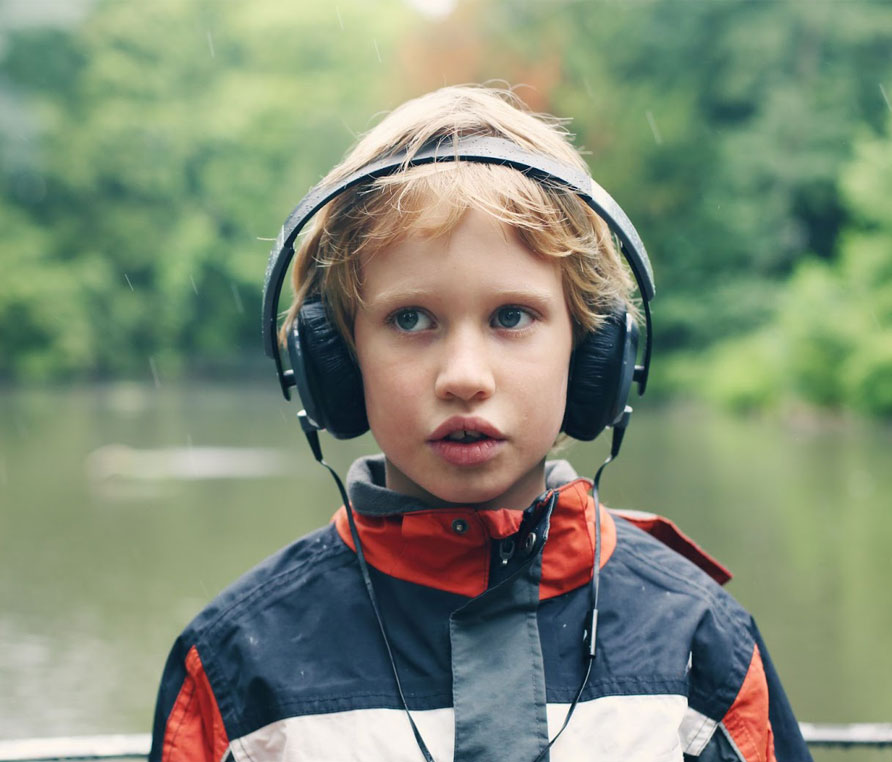Explore co-treatment with ABA therapy with speech support for comprehensive care, improved communication, and effective outcomes in children.
What Is a Co-Treatment Session and How Does It Benefit Your Child?
ABA (Applied Behavior Analysis) therapy programs are designed by a Board Certified Behavior Analyst (BCBA) and implemented by a Registered Behavior Technician (RBT) to address behavior-related goals in autistic children. Traditional ABA therapy models are offered in a silo and are not often combined with other therapies, such as speech therapy.
At Lighthouse Autism Center, we have designed and created the Lighthouse Fusion® ABA Therapy model, which focuses on integrating speech support goals throughout the ABA therapy day. It is a co-treatment model that has seen exceptional results in our learners. Our approach combines the expertise of multiple professionals to establish goals, track progress and collaborate in session(s) to maximize therapeutic benefit and improve carryover across environments so they can use the skills they learn at home, at school, and in other everyday settings.
So, what is collaborative treatment, and how can the Lighthouse Fusion ABA Therapy model benefit your child? Let’s take a look.
What Is Co-Treatment?
As mentioned, often various therapy modalities (such as speech therapy and ABA therapy) are implemented in separate appointments, with separate goals and skills practice, for children with autism. However, many children diagnosed with Autism Spectrum Disorder (ASD) can benefit from collaboration between therapy modalities, in order to increase speed to progress across a wide variety of developmental areas.
Children with autism may experience developmental delays or barriers to speech. Instead of focusing on either ABA therapy or speech therapy in a single session, we use a one-of-a-kind treatment approach that involves ABA and speech therapy in collaboration and combination.
Every co-treatment session is attended by a BCBA, RBT, and an SLP (Speech Language Pathologist), who collaborate to develop a learning plan that will maximize goal attainment throughout the ABA therapy day. Co-treat sessions allow for collaboration on the Learner’s goals and challenges and ensure the RBT is prepared to reinforce the goals on a proactive basis throughout the implementation of the learning plan.
For example, a BCBA may address prompting strategies, while a speech therapist targets expressive language in the same activity. Following the co-treat session, the RBT understands both goals and how to continue to work with the child in those areas..
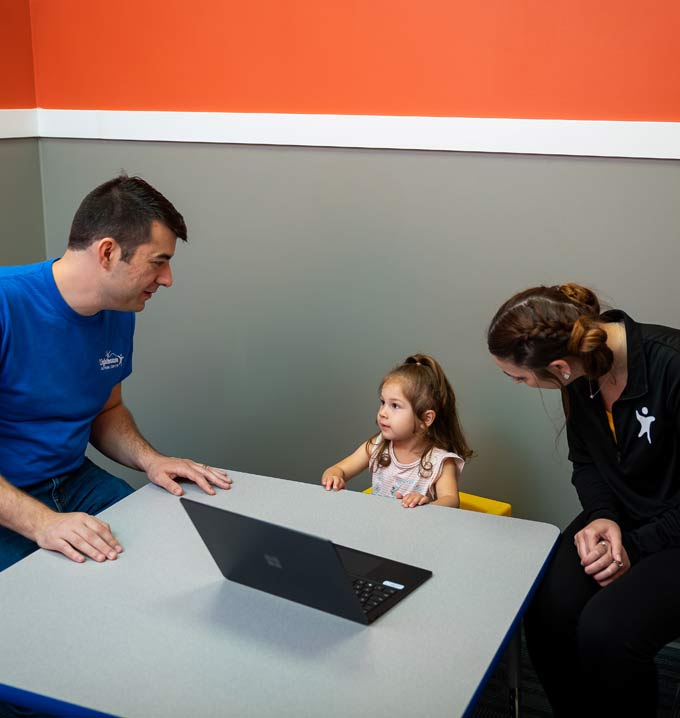
What Is the Whole Child Approach?
Traditionally, trained therapists worked on separate areas of development in different sessions; for instance, speech therapists focus only on speech. However, the whole child approach challenges this separation of therapy and instead focuses on investigating and addressing all the areas that impact children with autism as a whole.
This includes but isn’t limited to behavior, sensory and motor skills, communication, emotional regulation, and more. It’s a collaborative therapy approach that looks at intervention in a “whole child” manner rather than focusing on a few separate issues. It allows therapy teams to share insights in real time, adapt strategies on the spot, and ensure that treatment goals support overall functioning instead of just isolated skills.
How Co-Treatment at LAC Can Benefit Your Child
At Lighthouse Autism Center, we have seen some incredible results through our Lighthouse Fusion ABA Therapy model. Here is how it can benefit your child.
Addresses Multiple Needs Simultaneously
One of the main benefits of this multi-disciplinary approach is that it addresses a number of different needs and goals in single sessions. In traditional approaches, learners may only get 30 minutes of speech therapy a week, requiring them to leave an ABA program or classroom setting. With co-treatment, learners can work on their speech and communication skills while addressing other ABA-based outcomes. Speech prompts and cues are incorporated into sessions, which expose children to more speech therapy than they would normally get in a traditional therapy model.
Keeps Children Stimulated Throughout a Session
Many children with autism struggle to sit through a dedicated speech or OT therapy session and are more likely to respond to sensory or motor activity sessions. They simply find these activities more stimulating.
Co-treatment allows children to get adequate exposure to speech therapy during their sessions by breaking up motor activity or sensory lessons with small speech and communication treatments within the session. Therapists can also adjust pacing and transitions collaboratively to match the child’s attention span and engagement needs.
Better Communication Between Therapists
As with any therapy, collaboration is key for the best outcome. Because the therapists working to support Lighthouse Fusion ABA Therapy are on staff and present during your child’s session, they can work together to identify where your child is thriving and where they might need to do more work in real time. Together, this collaboration tends to be more effective for your child’s progression.
Therapists who are collaborating will be able to design and provide a more coordinated, comprehensive treatment plan to reach your child’s goals. They also gain a deeper understanding of each other’s methods and goals, which leads to more cohesive care across disciplines.
Creates a Generalized Learning Environment
Many children with autism can be averse to deviations from their own daily routines, which may translate for example into a child reserving communication skills practice for their speech therapy sessions while working on their other skills during ABA therapy. This can make it difficult to implement their skills in real-life situations.
Co-treatment creates a generalized environment for your child where they are encouraged to use a variety of skills that they are learning in different contexts. This improves their ability to translate the use of new skills across a range of environments.
They Learn While Having Fun
The best thing about the co-treatment model at Lighthouse Autism Center is that we see our learners making exceptional progress toward skill and goal attainment, all while playing and having fun in a natural learning environment.
At LAC, our learners get to explore their interests naturally, have exciting sensory experiences, and practice language through learner-directed play. We know children learn best when they are having fun.
Get the Best for Your Child with LAC
We have a strong belief that collaborative therapeutic work through Lighthouse Fusion ™ ABA Therapy delivers strong results for our learners.

